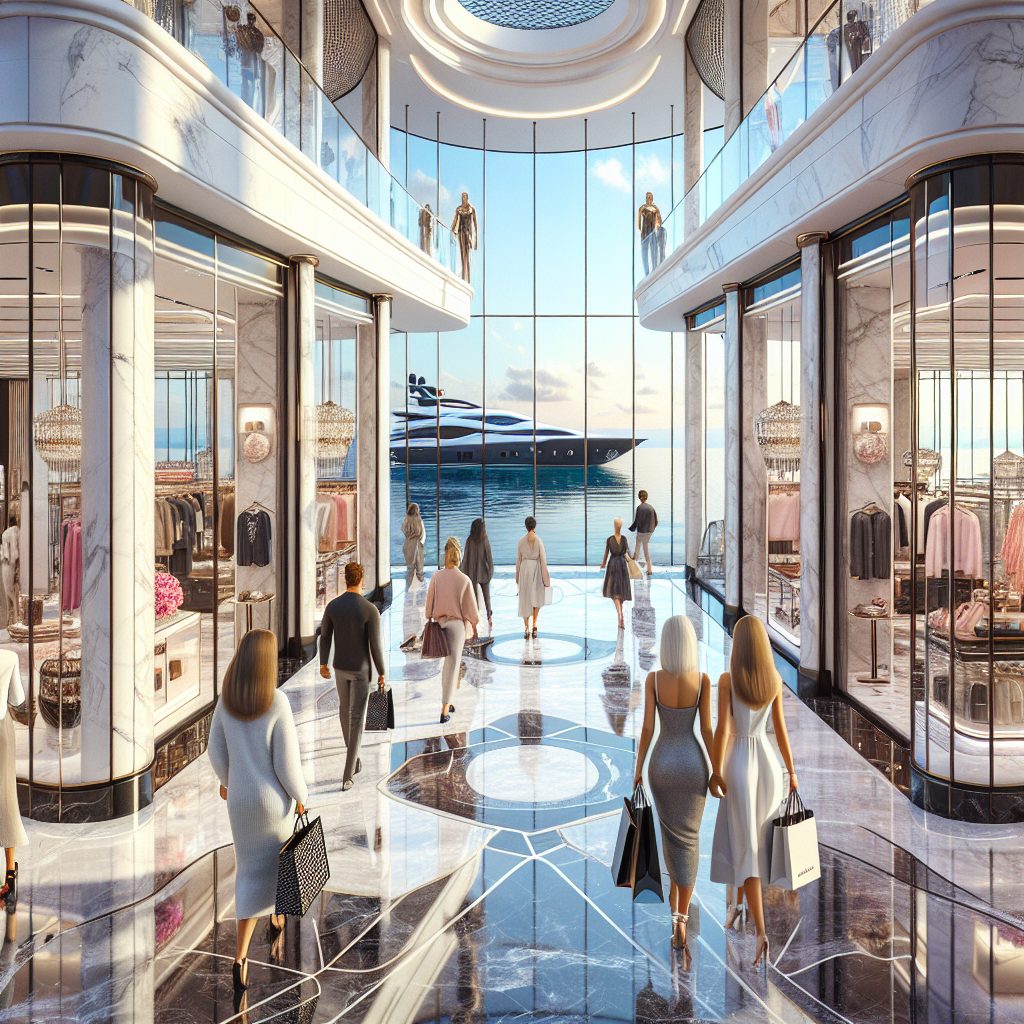Snow in Sardinia, a splendid island in the heart of the Mediterranean Sea, is as rare as it is enchanting. Renowned for its golden beaches and balmy climate, Sardinia often conjures images of endless sunshine and azure waters, rather than winter wonderlands. Yet despite its southern location, this Italian gem can surprise visitors and locals alike with occasional snowfall, particularly in its mountainous regions such as the Gennargentu range. The contrast between the typical Mediterranean climate and the infrequent snowy scenes provide a unique ecological and cultural backdrop, influencing everything from local agriculture to tourism dynamics in unexpected ways.
As we delve deeper into the climatic peculiarities of Sardinia, we will explore the conditions leading to snowfall and how they shape the experiences of those on the island. Our journey will reveal the historical snow events that have shaped local traditions and the anticipation of snow’s rare arrival, which always creates a buzz among Sardinians and tourists. The key takeaways coming next will examine the frequency of these events, the specific areas most likely to be graced by winter’s delicate touch, and the various ways in which snow influences life on this Mediterranean isle. Stay tuned as we uncover the cold, yet captivating, aspects of Sardinia in our next segment.
Key Takeaways
1. Sardinia, an Italian island located in the Mediterranean Sea, experiences a mild climate with hot summers and cooler winters. Despite its generally temperate weather, the island does occasionally receive snowfall, particularly in the mountainous regions where the altitude is conducive to colder temperatures. This means that while snow in Sardinia is not a regular occurrence, it is indeed possible during the winter season.
2. The likelihood of snow in Sardinia increases with elevation. The Gennargentu mountain range, for example, is one area where snow is relatively more common. This mountainous heartland can sometimes have enough snowfall to support activities like skiing, though this is not guaranteed every year due to varying weather conditions.
3. Alongside the mountain ranges, the central areas of Sardinia are more susceptible to snowfall compared to the coastal areas. The coastal regions, with their proximity to the sea, tend to have milder temperatures even in winter, making snow there a rare event. When snow does occur, it typically does not settle for long periods.
4. Snow in Sardinia is most likely to happen during the months of January and February. These are the coldest months on the island when the conditions can be right for snow to form, especially if a cold front comes down from northern Europe. However, because of the island’s overall warm weather patterns, substantial and long-lasting snow cover is not a frequent sight.
5. While snow in Sardinian lowlands is uncommon, when it does occur, it can cause a considerable amount of disruption due to the unpreparedness of the infrastructure for such weather. The island’s roads, public services, and residents are generally not equipped to deal with significant snowfall, which can lead to temporary but impactful interruptions to daily life during these infrequent snowy episodes.
Is Sardinia a Winter Wonderland? Understanding Snowfall on the Island
Sardinia’s Climate and Weather Patterns
Sardinia, a picturesque island in the Mediterranean Sea, is largely known for its warm climate and beautiful beaches. However, during the winter months, the island experiences a shift in weather patterns that can bring forth cooler temperatures. This shift is more pronounced in the mountainous regions of the island, such as the Gennargentu range, where altitude plays a significant role in temperature variations and weather phenomena.
Elevation and Snow in Sardinian Mountains
The relationship between altitude and climate is critical when discussing snow in Sardinia. Higher elevations, like those found in the central mountain ranges, have a greater propensity for snowfall. It is in these areas that snow can accumulate, sometimes several centimeters deep, providing picturesque landscapes and occasionally allowing for winter sports activities. The occurrence of snow at these elevations tends to happen during the coldest months, from December to February.
Snowfall in Sardinian Towns and Coastal Areas
Contrary to the mountains, the coastal and lowland areas of Sardinia rarely witness snow. Snowfall in these regions is an unusual event and generally does not lead to significant accumulation. On the rare occasions when snow does flurry down upon the coastal towns, it becomes a momentous event for locals and tourists alike, often causing excitement and surprise due to its rarity.
Historical Snow Events in Sardinia
While uncommon, there have been historical instances where Sardinia has been blanketed in snow, even in the less elevated areas. These events are typically associated with particular cold snaps or weather anomalies that bring colder air masses to the Mediterranean basin. Such episodes remain in the memory of residents and are often spoken of as exceptional occurrences within the island’s usually mild winter narrative.
Impact of Snow on Sardinian Life and Tourism
The infrequent snowfall in Sardinia can have both charming and disruptive effects on island life. On one hand, snow can transform the landscape into a captivating, wintry spectacle, potentially attracting tourists seeking the rare sight. On the other hand, heavy snow, especially in unprepared regions, can lead to transportation difficulties, affecting roads, networks, and daily activities. This duality necessitates a readiness for sudden weather changes, particularly in the mountainous terrain.
Weather Forecasting for Snow in Sardinia
For those keen to experience or avoid snow in Sardinia, staying updated with local weather forecasts is vital. Meteorological services provide valuable insights into expected weather patterns and the likelihood of snowfall in various parts of the island. Whether planning a winter visit for the chance of snow-laden mountains or a coastal stay with minimal chances of disruption, consulting updated forecasts is recommended.
Snow-Related Activities in Sardinian Highlands
In the event of snowfall, Sardinia’s mountainous regions offer a variety of winter activities, from casual snowball fights to more organized pursuits like trekking with snowshoes or even attempting to ski. These activities, while not as common as in other well-known winter destinations, can provide a unique experience for those finding themselves amidst Sardinian snow.
Preparing for Snow in Sardinia
Travelers and residents who may venture into areas where snow is possible should be prepared for colder conditions and potential travel disruptions. Necessary precautions include suitable winter clothing and, for drivers, snow chains or tires that can handle icy roads. Local authorities may also offer advice or impose restrictions based on expected weather conditions.
How can Visitors Maximize Their Experience During Sardinia’s Snowy Periods?
- Monitor local weather reports for snowfall predictions, especially if traveling to or residing in mountainous regions.
- Equip vehicles with appropriate winter gear such as snow chains, and acquaint yourself with the use of such equipment.
- Consider booking accommodations with heating options and amenities that cater to colder weather.
- Research and plan for winter activities available in Sardinia, such as snowshoeing or visiting naturally occurring ice formations.
- Embrace the local culture’s response to snow by participating in any snow-related festivities or local traditions.
What Are the Chances of Experiencing Snowfall in Sardinia?
The likelihood of experiencing snowfall in Sardinia is relatively low in most coastal areas, where the climate is typically Mediterranean. However, in the mountainous regions, such as the Gennargentu range, snow is more common during the winter months, typically from December to February.
Which Areas of Sardinia Are More Prone to Snow?
In Sardinia, the mountainous central regions, especially the Gennargentu massif, see more snowfall than other parts of the island. Towns and villages located at higher altitudes in these areas are the most prone to experience snow during the winter.
How Often Does It Snow in Sardinian Mountains?
Snowfall in the Sardinian mountains is generally an annual occurrence. However, the frequency and amount of snow can vary from year to year. In some winters, snowfall may be more sporadic and less intense.
Can Snow Be Found in Sardinia During the Summer Months?
It is extremely rare for snow to be present in Sardinia during the summer months, as temperatures typically range from warm to hot. Any snow that does accumulate in the winter months in the mountains usually melts by late spring.
Is It Possible to Ski in Sardinia?
While it is not widely known as a ski destination, Sardinia does have some facilities for winter sports, such as the ski resort at the Monte Spada when there is sufficient snowfall.
Does Snow in Sardinia Affect Transportation?
On the rare occasions when snowfall is significant, especially in the mountainous regions, it can lead to disruptions in transportation, with potential road closures and delays. Visitors should be prepared for potential changes in travel plans during the winter.
Are There Any Festivals or Events Celebrated in the Snow in Sardinia?
While Sardinia is more famous for its warm-weather festivities, the occasional snowfall in the mountains does not traditionally correspond with specific winter festivals or snow-related events.
What Is the Best Time to Experience Snow in Sardinia?
If you’re looking to experience snow in Sardinia, the best time to visit is during the coldest months of the year, from December to February, when mountainous regions have the highest chance of snow.
How Does Snowfall in Sardinia Compare to Other Parts of Italy?
Sardinia experiences less snowfall compared to many other parts of Italy, particularly those with Alpine climates where snow is much more frequent and abundant during the winter months.
Should Tourists Planning a Winter Visit to Sardinia Expect Snow?
While it’s possible to encounter snow during a winter visit to Sardinia, particularly in the mountains, tourists should not expect extensive snowfall given the island’s primarily Mediterranean climate. It’s best to check the local weather forecasts for the specific areas you plan to visit.
Final Thoughts
In conclusion, while Sardinia is renowned for its splendid beaches and summer allure, the possibility of snow, especially in the High Gennargentu region, adds a contrasting wonder to the island’s winter landscape. Whether you seek the adventure of winter sports or simply desire to witness the rarity of snow-draped mountains amidst the Mediterranean, Sardinia’s colder months present an enchanting opportunity.
However, intending visitors dreaming of a wintry white blanket should temper their expectations with the reality of Sardinia’s mild coastal winters and infrequent snowfalls. Those interested in experiencing Sardinian snow should focus on the central mountains during the coldest months but always remain flexible with travel plans, as Mother Nature is the ultimate architect of weather in this beautiful island region.






